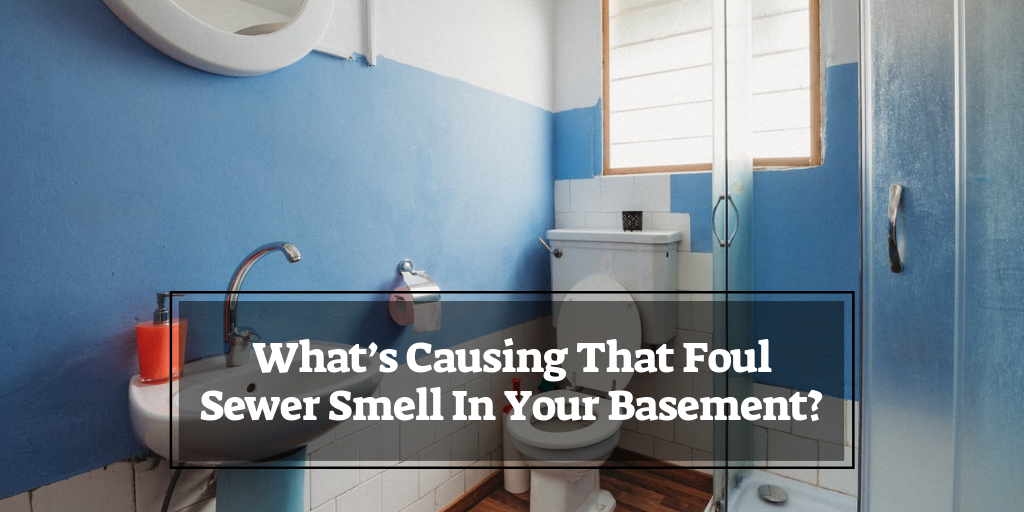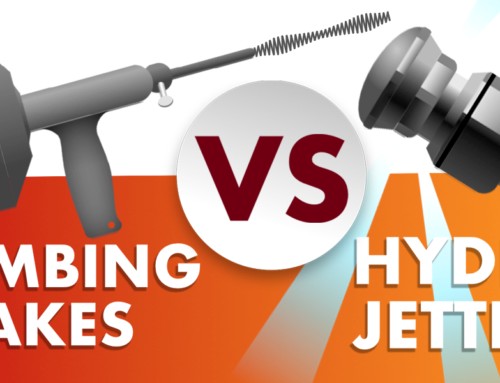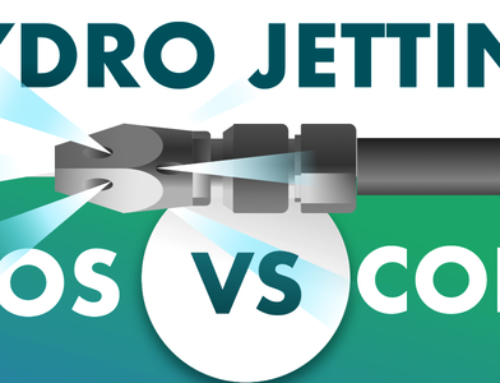That foul, rotten-egg sewer smell in your basement is hydrogen sulfide, a gas created by decaying organic substances. It could be getting into your home via a pipe that has deteriorated in some way, but there are other causes as well. Unfortunately, it’s almost certainly not going to go away on its own.
And hydrogen sulfide isn’t just stinky…
It can also cause several health problems – some of them serious, like pneumonia and bronchitis – if you’re exposed to it for a prolonged period of time.
So, if you smell sewer gas in your basement, it may be time to call in a professional and have it checked out.
Potential Causes Of That Stinky Sewer Smell In Your Basement And What You Can Do About Them
A dried-out water trap
Do you know that U or S-shaped pipe underneath your kitchen or bathroom sink? That bend in the pipe is there for a reason. Its purpose is to keep a small amount of water in the pipe at all times so sewer gas doesn’t come up through the pipe and enter your home. These water traps also exist under basement floor drains and things like laundry tubs.
Water traps can dry out from lack of use because the water in any unused drain will eventually evaporate. When it does, sewer gas can enter your home.
How to fix a dried-out water trap
Pour a gallon or so of water into the drain. This should restore the water in the trap and fix your problem.
Missing cleanout plug
Your basement floor drain works similar to the drain under your bathroom or kitchen sink. It contains a trap that allows water to sit in the pipe and prevent sewer gas from entering your home.
But, floor drains contain something else. They contain a section that bypasses the water trap. This is the area below shown in yellow. This section contains a plug that stops the sewer gas. Whenever you clean the drain, this plug needs to be put back in place. When this device is missing sewer gas will be able to enter your home and stink it up.
How to fix a missing cleanout plug
This one is easy. Just head on over to your local hardware store and buy a replacement plug.
Evaporated toilet trap
Has it been a while since you flushed the toilet? Hey, we’re not going to judge. Maybe you’ve been away from home for an extended period of time. If so, the water in your toilet trap (Yep, toilets have them too!) might have evaporated.
How to fix an evaporated toilet trap
Flush the toilet. That should fix the problem.
A faulty toilet wax ring seal
A toilet flange mounts your toilet to the floor and connects the toilet to the drain pipe. Between the toilet and the toilet flange, there’s a wax ring seal. If this seal starts to leak for some reason sewer gas can enter your home via your toilet. If your toilet is wobbling, it could indicate a problem with this seal. Maybe it has dried out or the toilet was improperly installed.
How to fix a faulty toilet wax ring seal
Remove the toilet and replace the wax ring. If you’re not sure about what you’re doing, you’ll need to call a professional plumber.
A problem with your ejector pit
Do you have a bathroom or laundry room in your basement? If so, you have something called an ejector pump. Its job is to pump wastewater up to the sewer line. You see, sewer systems work with gravity and if your toilet is below the sewer line the wastewater will need help reaching it.
Ejector pumps work in tandem with an ejector pit (also called a sump basin). This pit is supposed to be properly sealed and vented. If the cover is missing or the seal has been broken, sewer gas can enter your basement.
How to fix a problem with your ejector pit
If you have an ejector pit, check to make sure it’s properly sealed and vented. If it isn’t, you’ll need to replace components that are damaged or missing. Again, this particular issue may require the services of a qualified sewer repair contractor.
If you’ve exhausted these five possibilities it’s time to start suspecting a more serious problem, like a cracked sewer line. Since this isn’t a DIY project you’ll need to contact a professional sewer repair and replacement contractor.
Possible solutions for a damaged sewer line include…
Whatever you do, don’t ignore the sewer smell in your basement. Not only is it extremely unpleasant, but it can also cause some pretty serious health issues including pneumonia and bronchitis. Oh, and it’s also combustible because both methane and hydrogen sulfide are explosive.
Sewer Pros is a licensed and insured sewer repair and replacement contractor serving Los Angeles and Orange County. We specialize in minimally-invasive (little or no digging) trenchless repair solutions including pipe lining, pipe bursting, and spray lining or brush coating. Call us today at (800) 481-3707 and find out how we can save you both time and money.








Leave A Comment